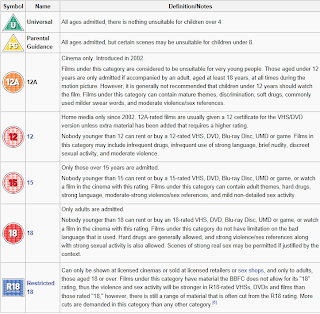During the preliminary task we were taught basic camera work such as shot/reverse shot and the 180 degree rule. I feel the 180 degree rule had the most effect on our film opening as camera posistioning was extremely important. For example when filming in the woods we had to have the camera angled so it wasn't blocked by foilage and could also get a clear shot of the actors.
I feel the preliminary task was important as it gave us experience working with the technology we would use while working on our film opening such as digital cameras and premier pro. Working on the preliminary task also gave me ideas on what genre of film I'd like to make and also what shots to use for the two minute opening.
The hardest part of the preliminary task for me was editing. I had no experience working with the technology we were using, however I grew more confident working with cameras after each take and was happy with my rushes when we finished filming. Editing however was something I really struggled with at first, I knew what I wanted and had to rebuild the task a few times due to continuity errors. Overall I feel once I got use to the precision needed for editing although I still struggled I'm happy with my preliminary task.
Reasearch and planning for our film opening was affected by the preliminary task as it gave us experience of drawing storyboards and gave us an idea of what shots to use when filming the two minute opening.
It influenced construction of the film opening as again the preliminary task gave us experience of the cameras and premier pro. This meant that when we were on location for our film opening we all knew how to set up the equipment, meaning we had more time for filming.
The preliminary task I feel doesn't effect our evaluations for the film opening. Although both projects have evaluations, I feel the preliminary task evaluation is too different from the two minute film opening evaluation to have any bearing on it.
The skills I have developed from working on the two projects are that, I'm now more confident acting in front of a camera, as well as being more confident when working behind it. I also have a better idea of how to construct a film and I'm more confident when editing.
Overall I enjoyed working on both projects and I'm happy with both projects.












































